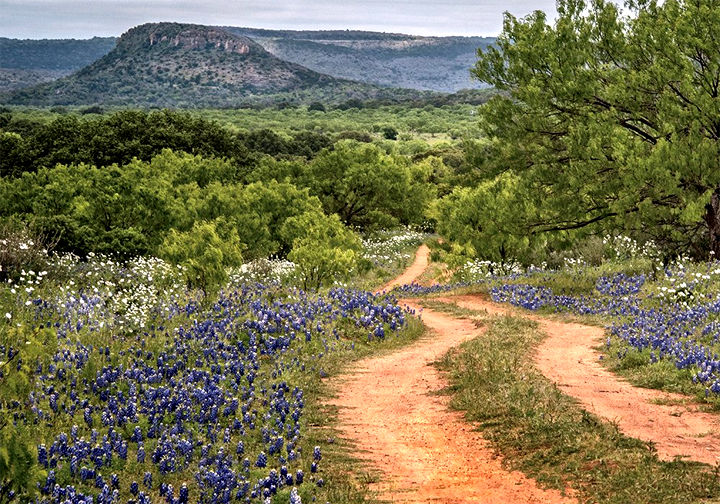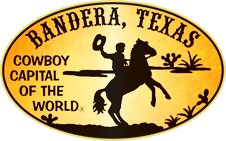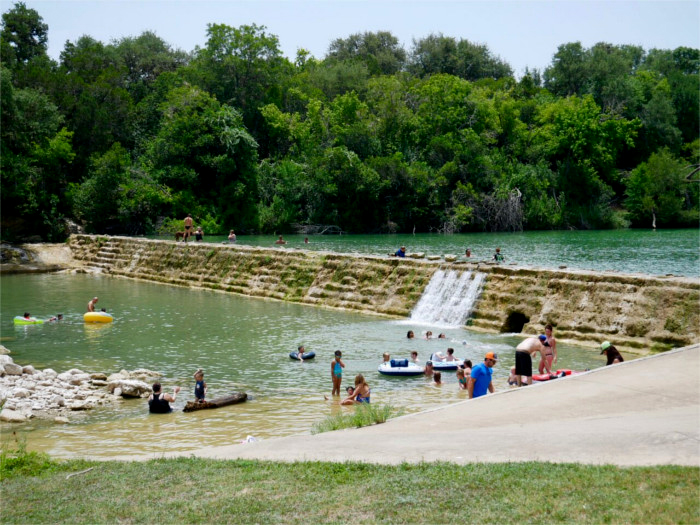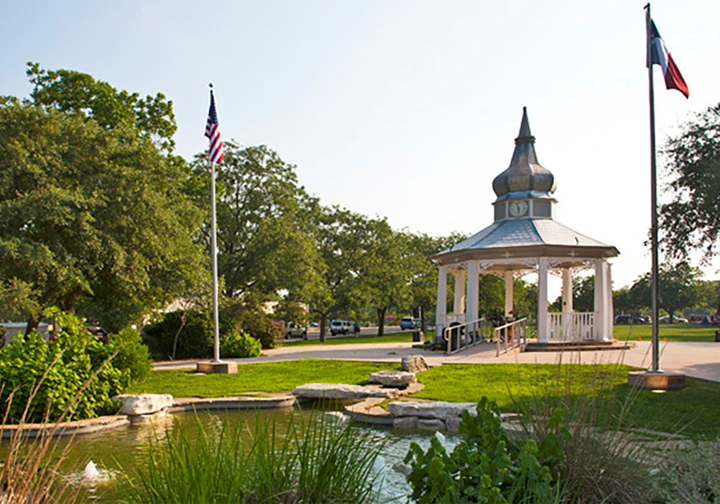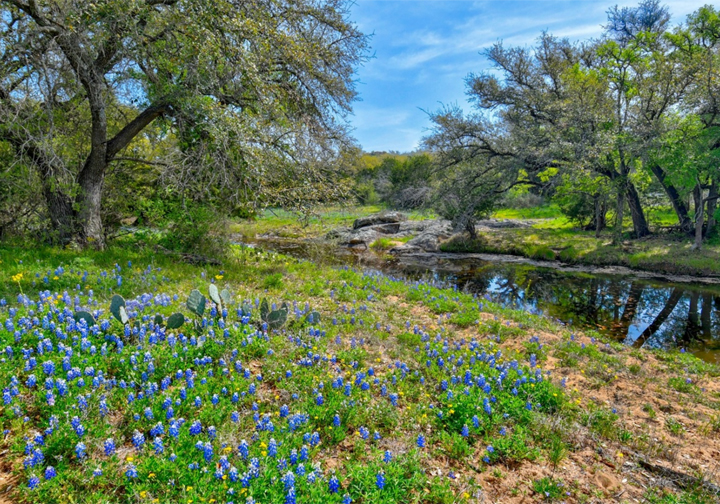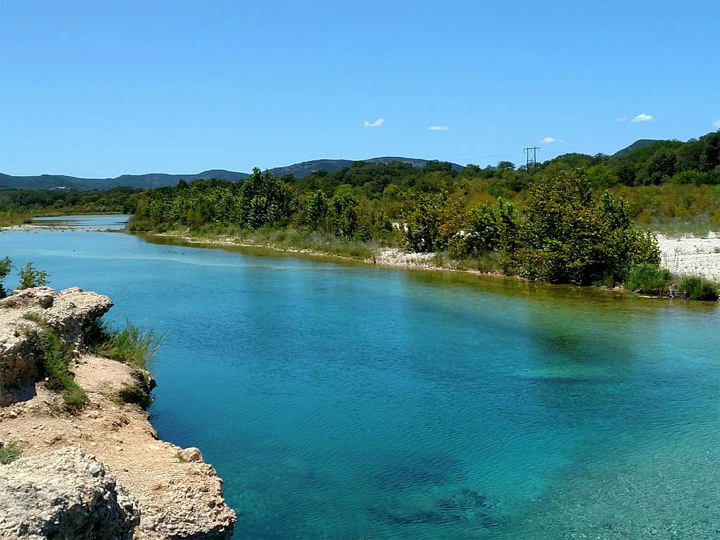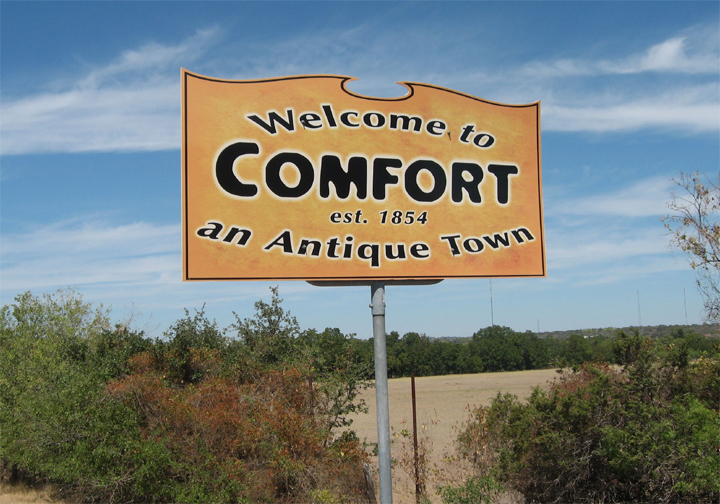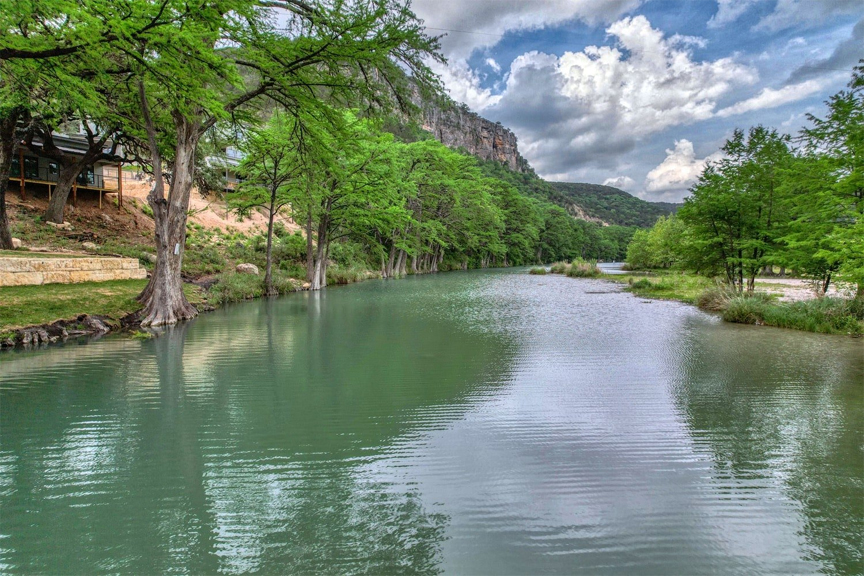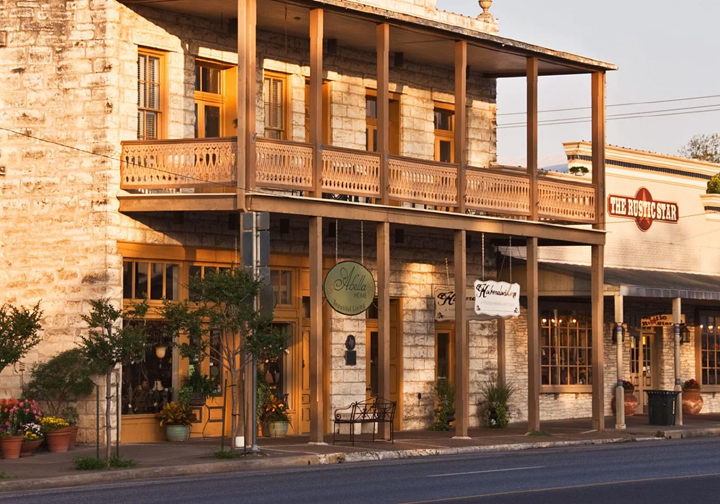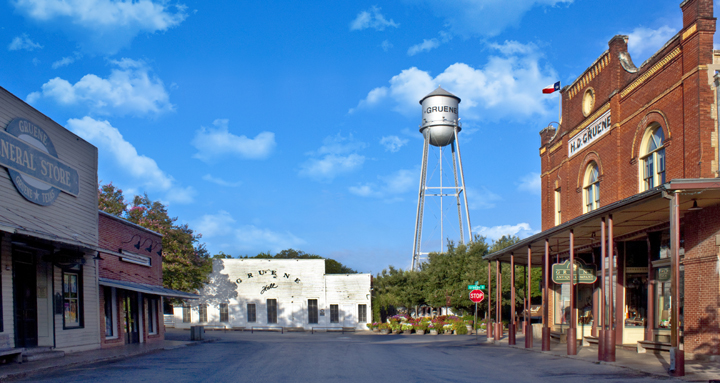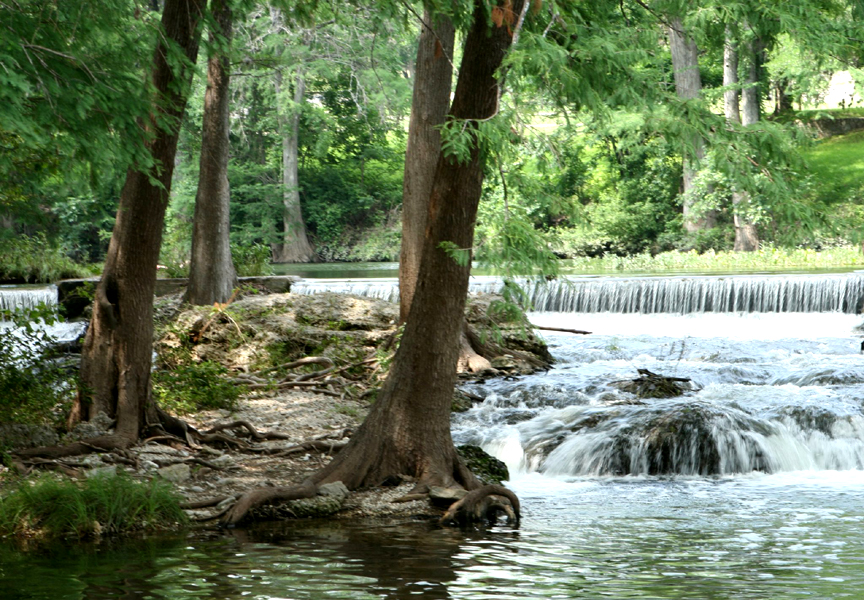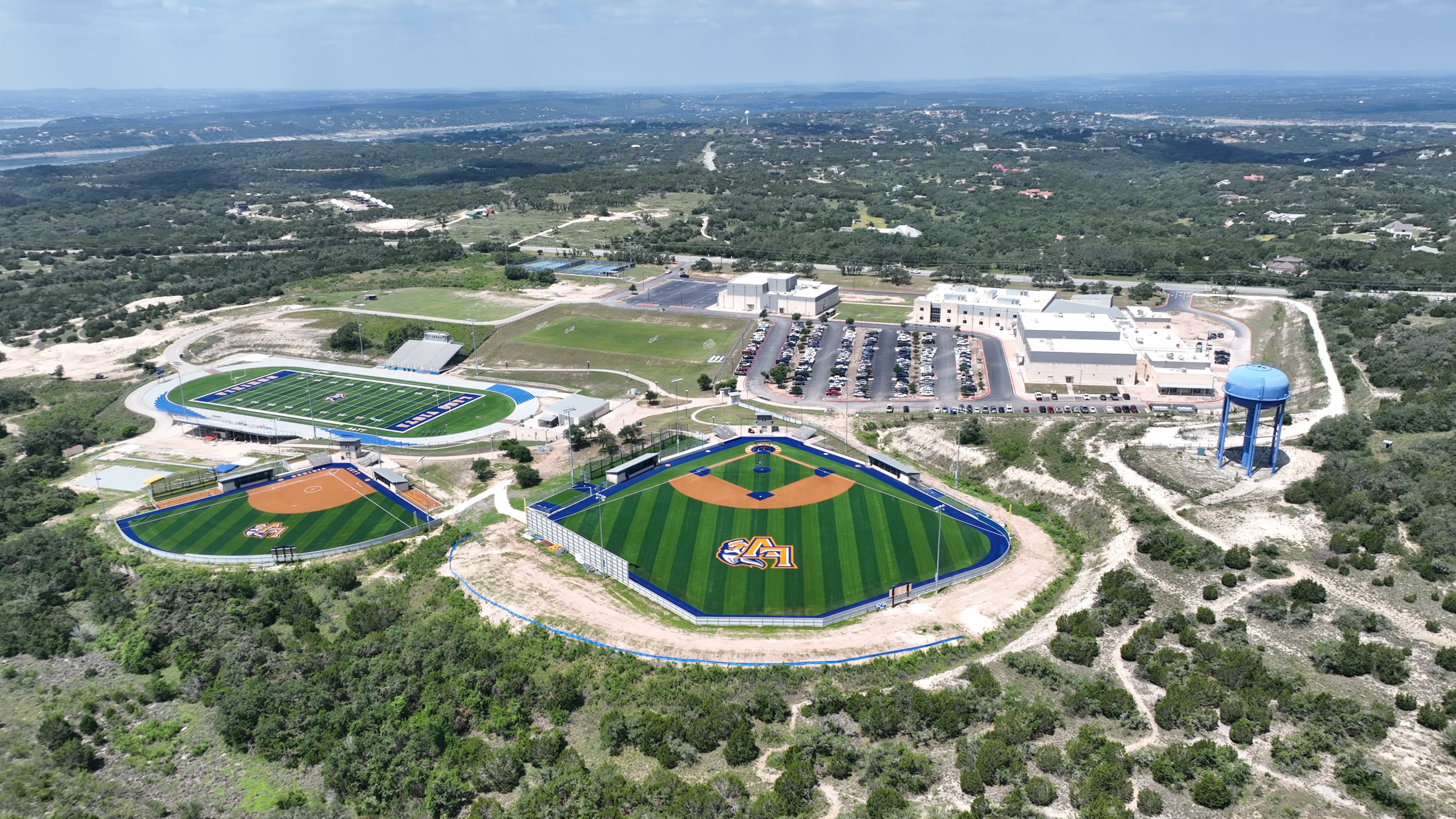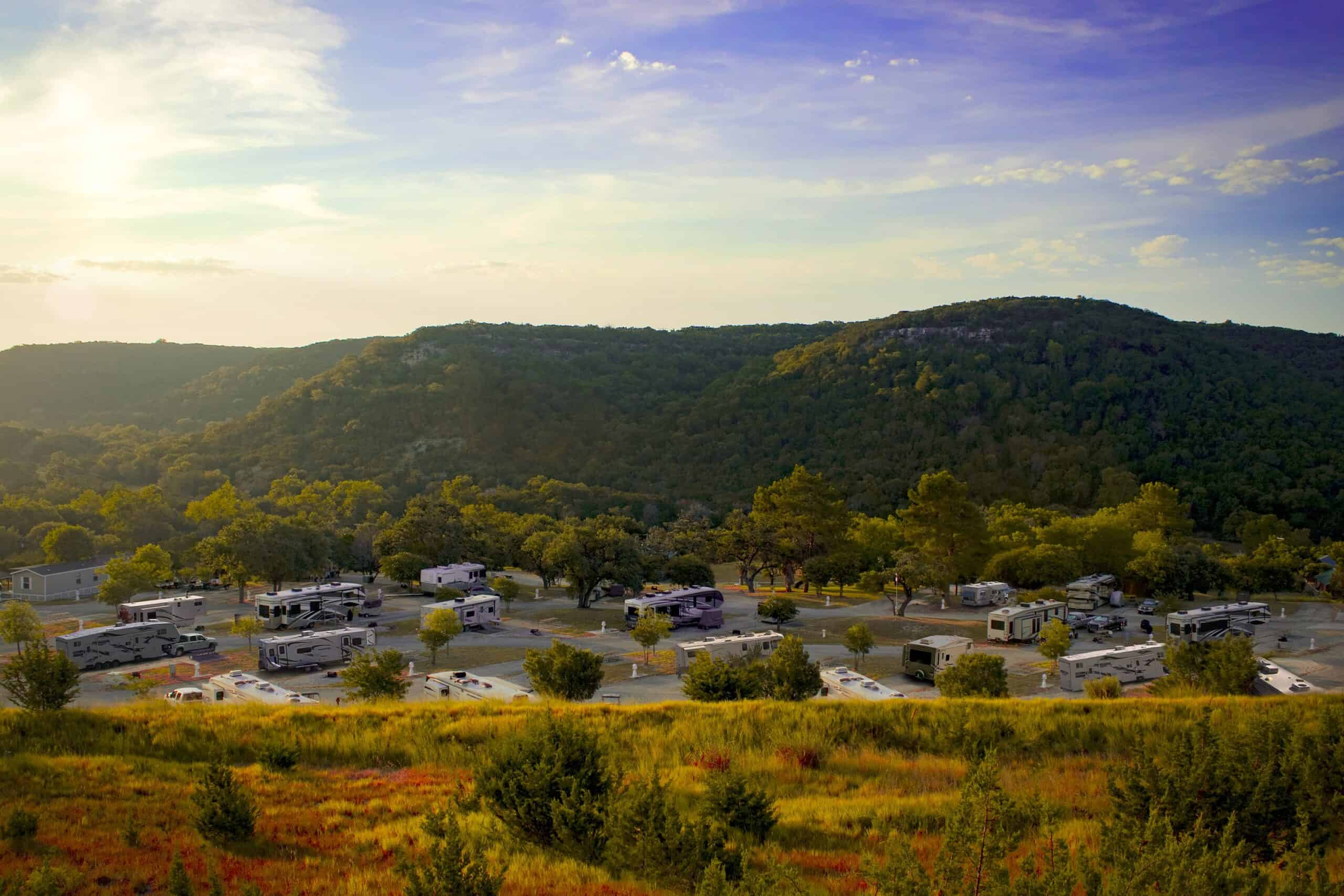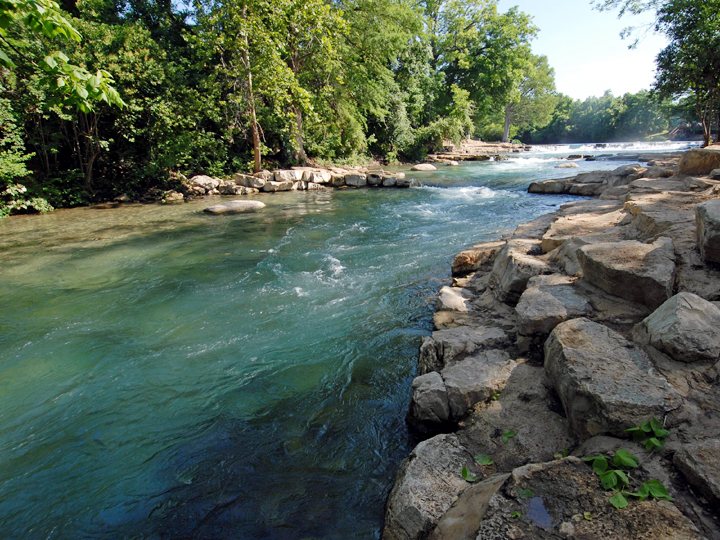Texas Hill Country located near Central Texas "Hill Country" is a vernacular term applied to a region including all or part of twenty-five counties near the geographical center of Texas. In the geomorphological sense, the Hill Country represents in large part a dissected plateau surface. It is bordered on the east and south by the Balcones Escarpment, on the west by the relatively undissected Edwards Plateau, and on the north by rolling plains and prairies. The elevations range from less than 1000 feet in the south and eastern areas of the Hill Country and generally rise toward the north and west to reach more than 2500 feet in Schleicher and Kerr counties, with most areas ranging between 1400 and 2200 feet. Lying in the transition zone between humid and semiarid climates, the Hill Country experiences both wet and dry years; at Fredericksburg eleven inches of precipitation was recorded in 1956 and forty-one inches the next year. The vegetation originally consisted of a parklike, open forest dominated by several types of oak, giving way in places to expanses of shinnery, to prairie, or to dense juniper (colloquially called cedar) brakes. Both mesquites and junipers have expanded as the environment has been disturbed. In the cultural sense the Hill Country has been a meeting ground of Indian, Spaniard, Mexican, hill southern Anglo, and northern European. The Apaches and their successors, the Comanches, left little imprint but did retard Spanish colonial activities in the region. As early as 1860 the partition of the Hill Country between the two groups that were to dominate it—hill southern Anglos and Germans—had been accomplished.
